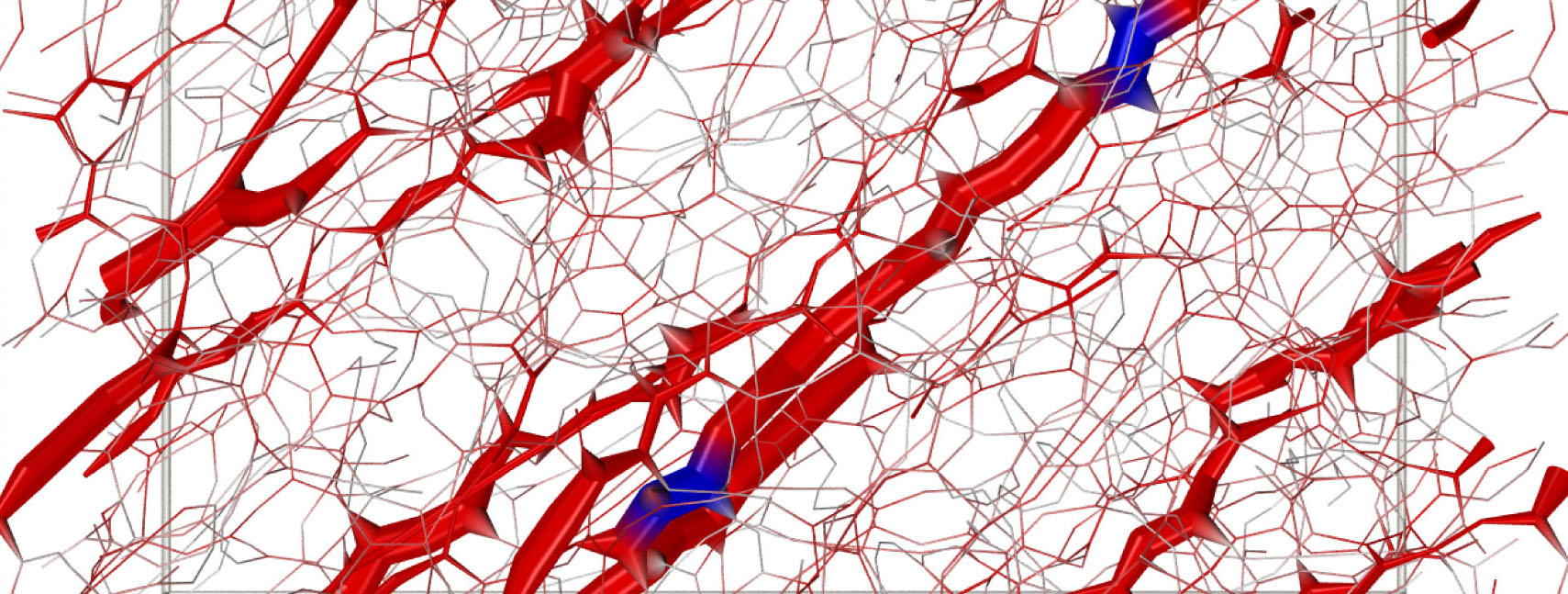Transient shear banding

Jammed suspensions of small particles or droplets embedded in a solvent are relevant to a wide range of modern industries, from personal care products to food, pharmaceutical products or soil. They can yield under deformation, eventually flowing through avalanches of localized plastic rearrangements. A major challenge in controlling the flow properties of these materials is that flow can be accompanied by spatial inhomogeneities, with only part of the material flowing and the rest remaining jammed.
Read our two papers with Vishwas V. Vasisht and Gabrielle Roberts, just appeared back-to-back, on the microstructural underpinnings of these phenomena: we have clarified the use of computational particle-based methods for inhomogeneous flows and demonstrated that the shear banding is controlled by stiffer, locally overconstrained domains in the particle packing, whose presence depends on the sample age. We have proposed that such domains correspond to overcoordinated (and hence overconstrained) regions, where stresses tend to accumulate under load, and are hence akin to the self-stress states discussed in topological mechanics. We think that overconstrained domains can be, in fact, the microscopic fingerprints of the mechanical heterogeneities that recent mesoscopic rheology theories rely upon to rationalize the non-linear response of dense soft solids in terms of the statistics and the spatio-temporal correlations of microscopic plastic processes.
Read two papers just appeared in PRE:
Emergence and persistence of flow inhomogeneities in yielding and fluidization of soft solids
Computational study of transient shear banding in soft jammed solids
